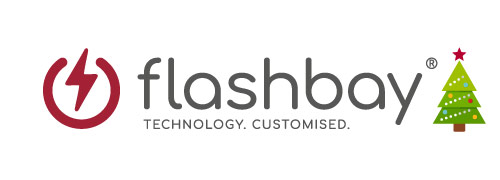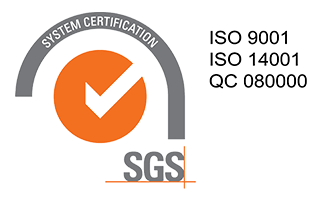NAND flash memory can be sub-divided into 3 broad categories SLC, MLC and TLC.
SLC is an abbreviation of 'Single-Level Cell':
SLC memory stores one bit in each cell, leading to faster transfer speeds, lower power consumption and higher cell endurance. The only disadvantage of Single-Level Cell is the manufacturing cost per MB, meaning that the SLC flash technology is used in high-performance memory cards where speed and reliability are important.
MLC is an abbreviation of 'Multi-level Cell':
MLC memory stores two bits in each cell. By storing more bits per cell, a Multi-Level Cell memory card will achieve slower transfer speeds, higher power consumption and lower cell endurance than a Single-Level Cell memory card. The advantage of Multi-Level Cell memory is the lower manufacturing cost. MLC flash technology is used mostly in standard consumer memory devices.
TLC is an abbreviation of 'Triple-level Cell':
TLC memory stores three bits in each cell. By storing even more bits per cell, a Triple-level Cell memory card will achieve slower transfer speeds, higher error rates and lower cell endurance than both Multi-level Cell and Single-level Cell memory cards. The advantages of Triple-level Cell memory are that the memory chip will be physically smaller than SLC and MLC chips for a given memory capacity, it requires less power to operate than MLC memory and is cheaper to produce. TLC flash technology is used mostly in low-end memory devices where speed and reliability are not important.

